

 |
 |
|
|
|
    
      |
||||
  |
||||
|
|
||||
  |
||||
 |
||||
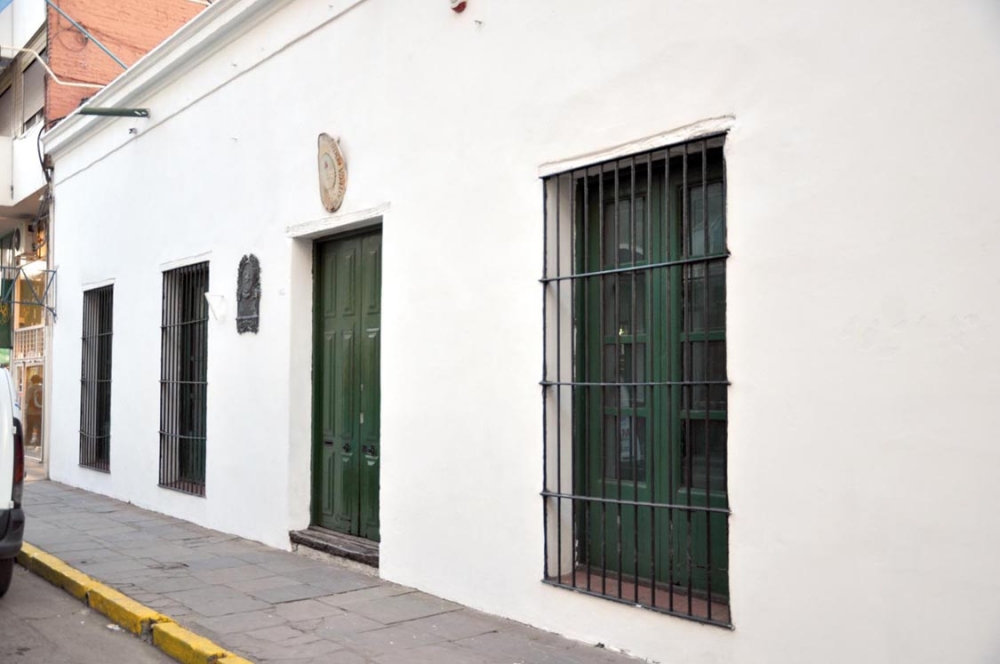 |
||||
|
Front of the House
of the Agreement |
||||
|
The
Museum and Library of the House of Agreement of San Nicolás was founded
in May 14th, 1936, by decree of the Executive Power. The inaugural act
took place in October 18th, 1937, becoming a cultural complex to which
attend numerous public to visit the Museum, to consult the Library
specialized in Argentinean History with more than 60.000 volumes and the
important Hemeroteca that it dates of the XIX century. Its historical
importance: to be fundamental pillar of the National Constitution. As of
June 7th, 1957, has been declared Historical Monument by Decree of the
National Executive Power currently in the Constituent Living room of the
'53. Conferences, recitals, presentations of books and diversity of
cultural events that irradiate to all the environments of the country
are offered. The House of the Agreement was built with bricks seated in mud. The patio offers its typical aspect of half of the XIX century, with red tiles, jasmines, honeysuckles and federal stars. The pampeana old large house, it was acquired by Don Pedro Alurralde, Judge of Peace, on March 24th, 1849. |
||||
 |
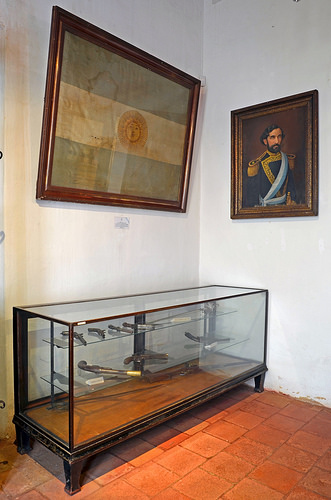 |
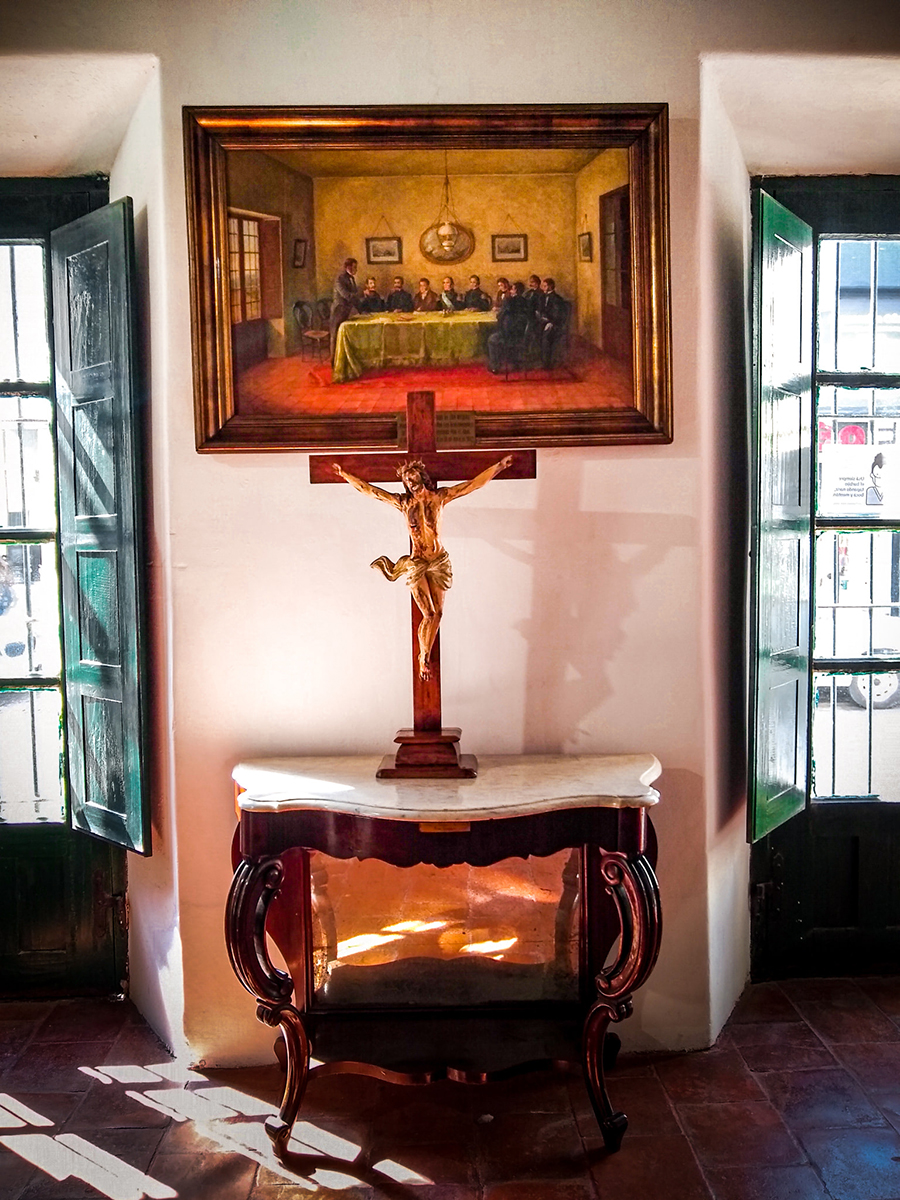 |
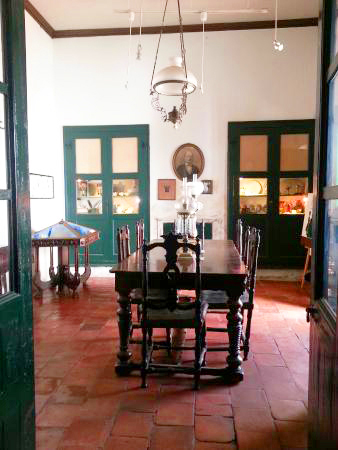 |
 |
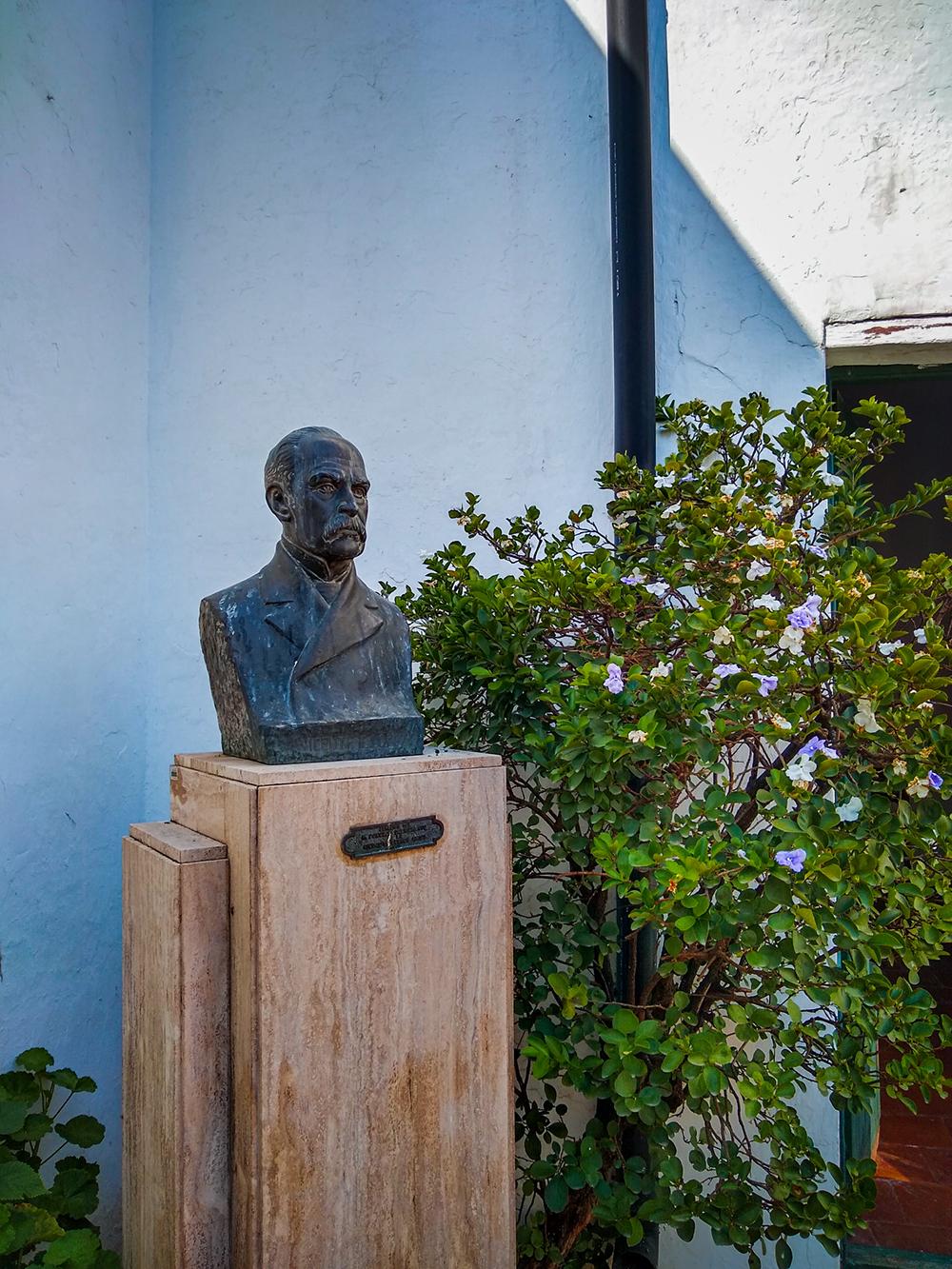 |
 |
 |
 |
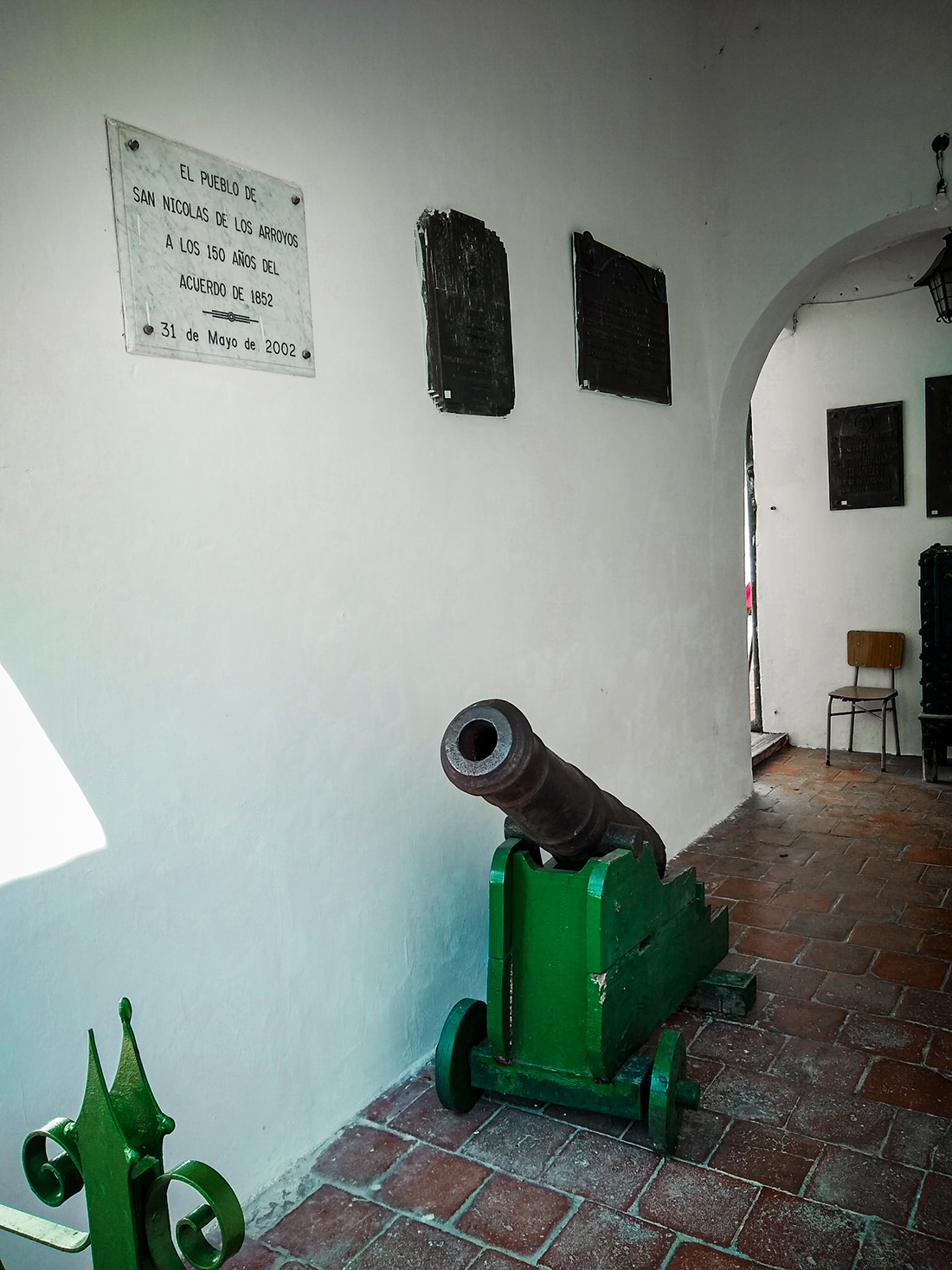 |
 |
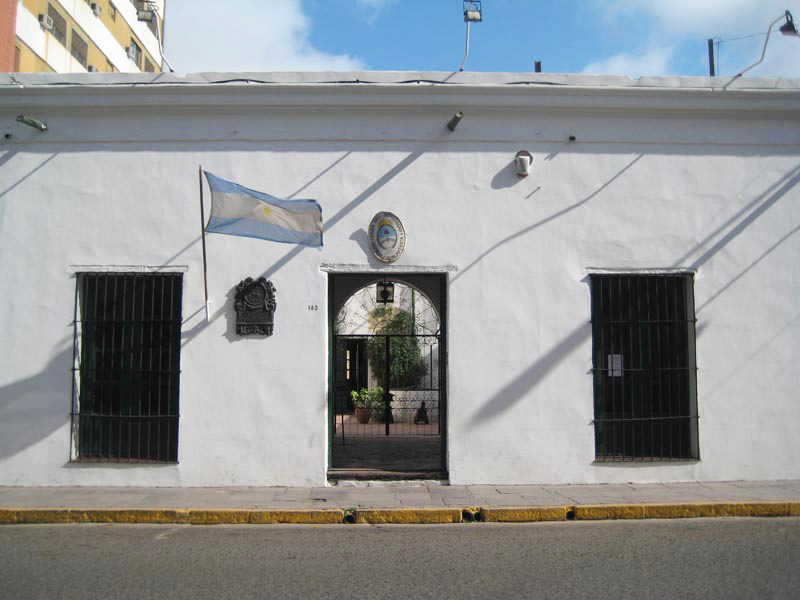 |
 |
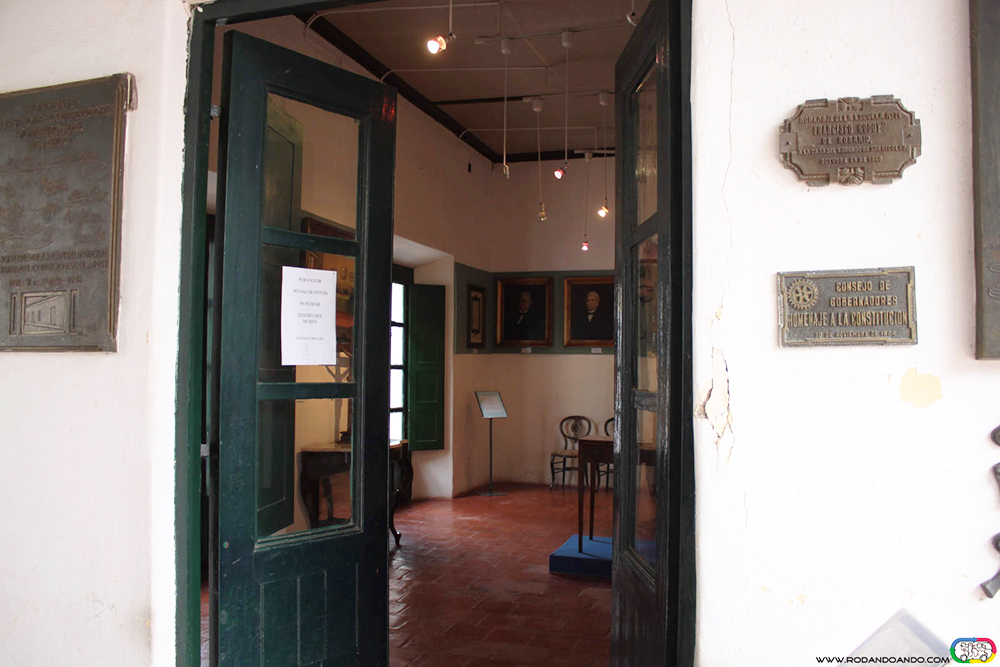 |
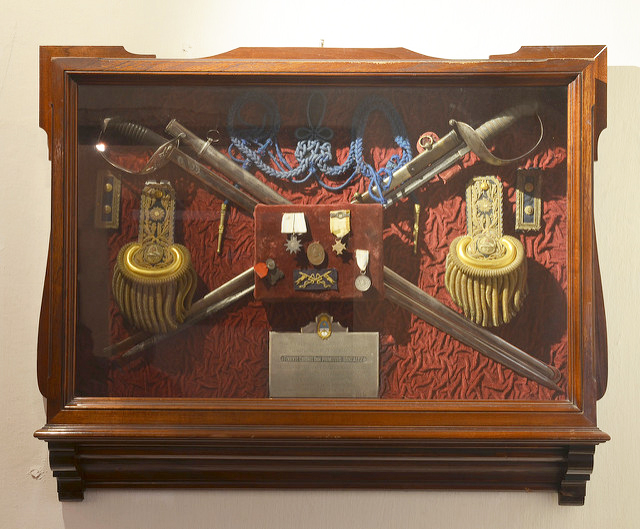 |
 |
 |
|
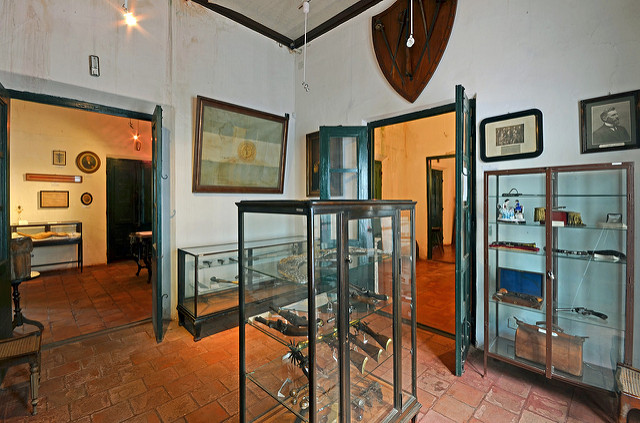 |
 |
 |
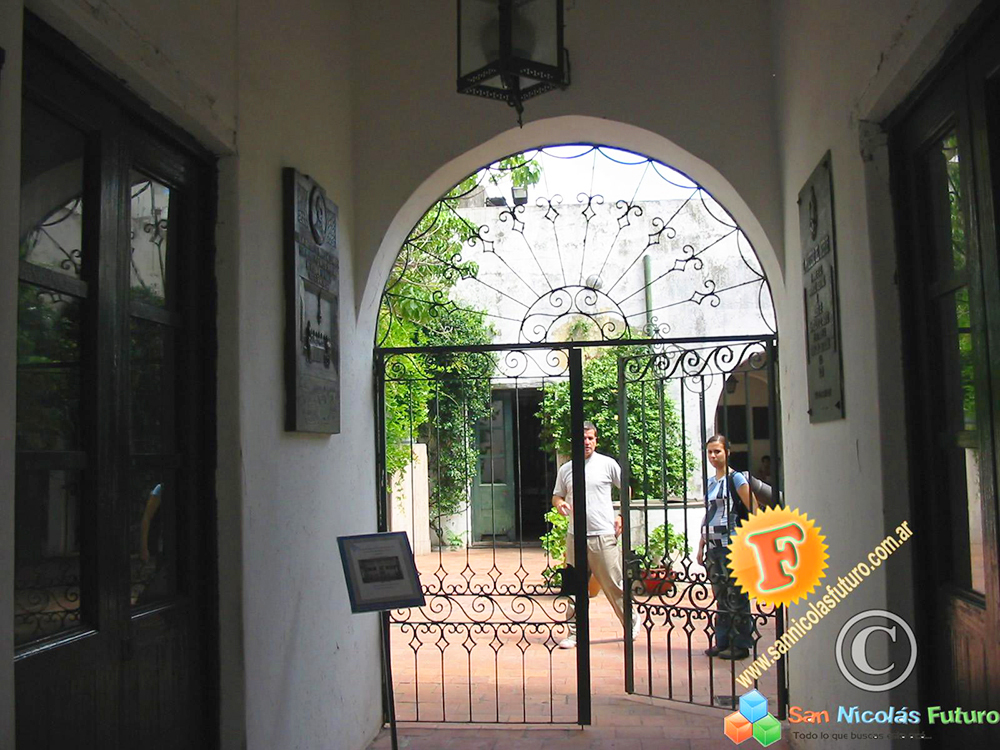 |
 |
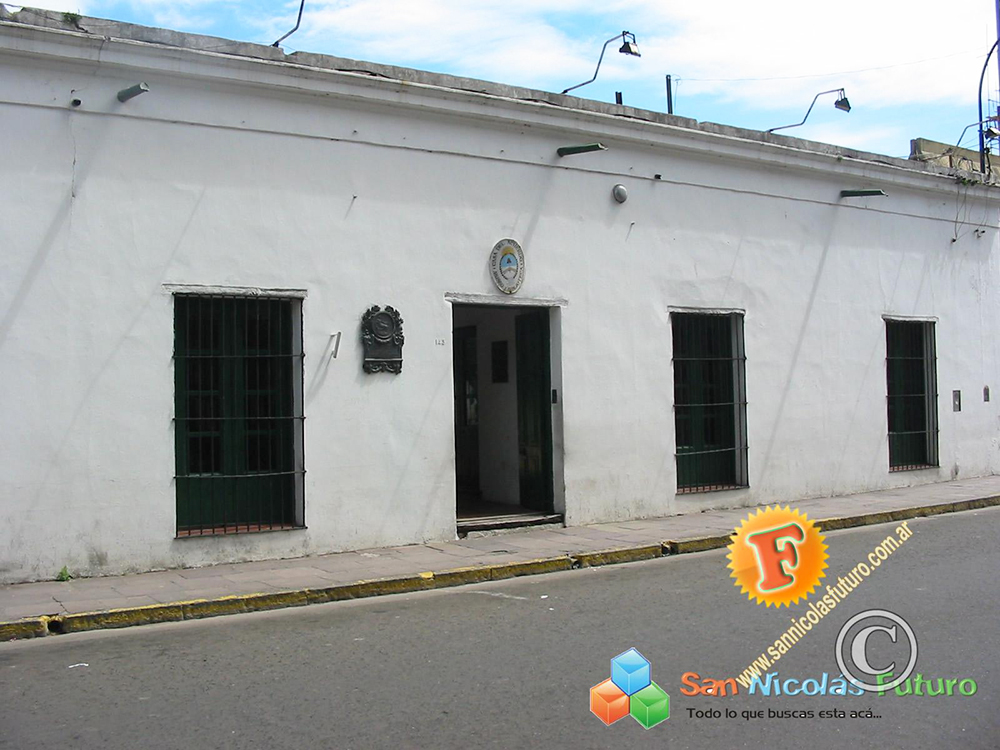 |
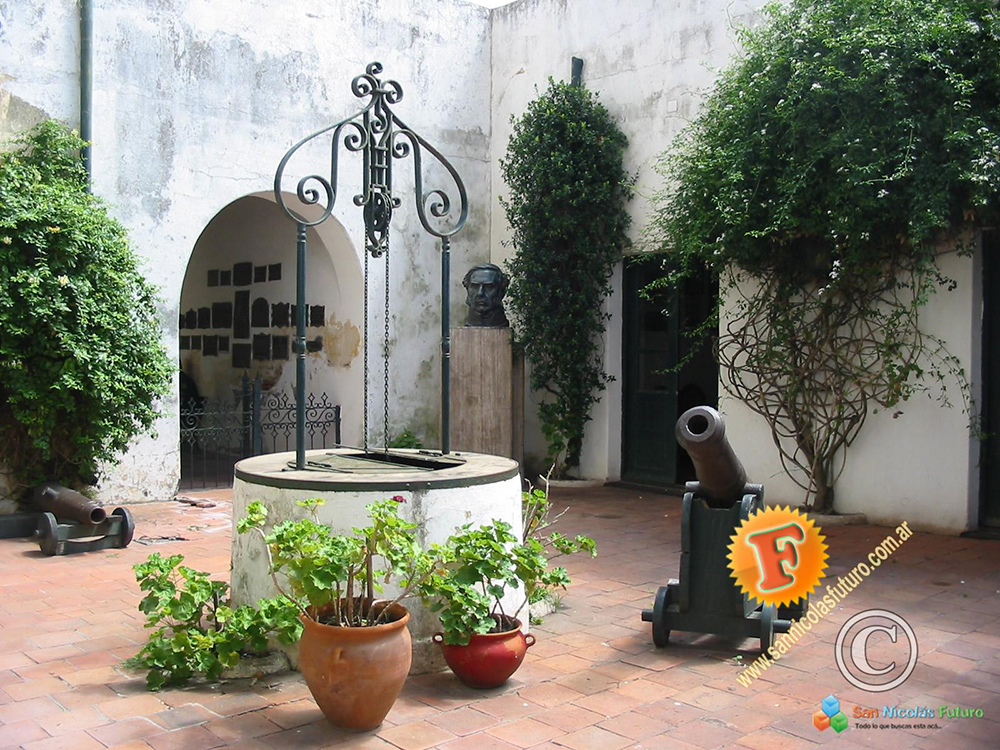 |
 |
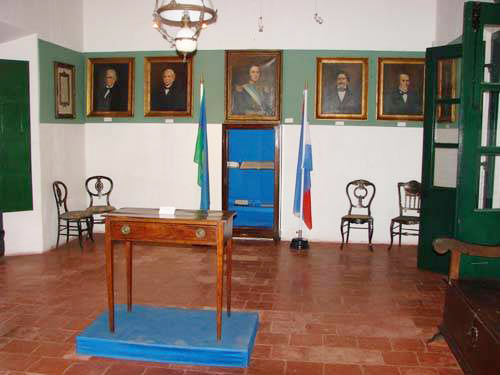 |
 |
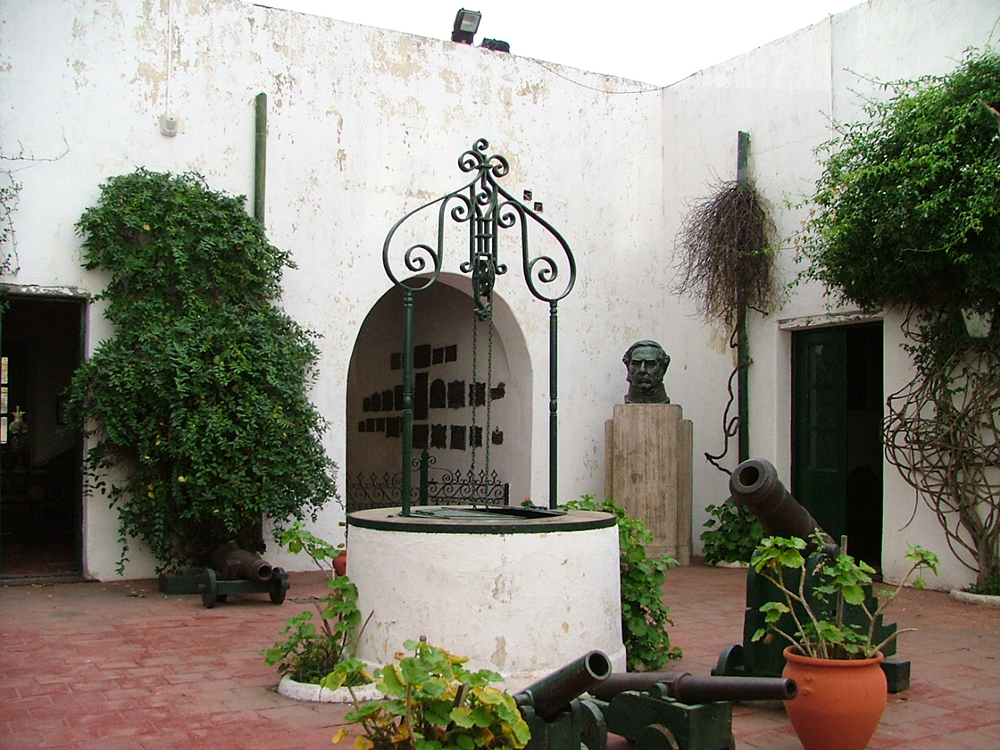 |
 |
|
Don Pedro Alurralde Room. Set with furniture belonging to nicoleñas families and to those that had to do with the different events of our homeland. Tableware of the families Azopardo and Urquiza can be seen. Big combs of tortoiseshell, fans and others adorn the room. In the Room San Nicolás, (period 1810-1830), the following events are evoked: September of 1810: The Gral. Manuel Belgrano receives the contribution of 357 youths in its campaign to the Paraguay. March 2nd, 1811: In front of the costs of the city the First Naval Combat in front of the realists begins. Juan Bautista Azopardo commanded the company. November 19th, 1819: The old village is declared city by initiative of the presbyter Antonio Sáenz. In 1830 the governor of the Province of Buenos Aires, Gral. Juan Manuel de Rosas, settles in San Nicolás. During his brief period, in January 31st it signs the decree for which the lands are donated to build the new cemetery. October 28th, 1831: Shooting of bosses and officials of the army of the Gral. Paz and a 14 years-old boy. June 22nd, 1839: Shooting of the ex governor of Santa Fe, Domingo Cullen, in the Posta of Vergara, by the Colonel Pedro Ramos. |
||||
|
Generation of the
'37 Room. A new group of intellectuals converges to the Literary Living room belonging to the bibliophile Marcos Sastre. They congregate: Esteban Echeverría, Vicente Fidel López, Juan María Gutiérrez, Juan Bautista Alberdi and many others, whose thoughts expanded along the XIX century. Of them there are some of their furniture. The group is integrated for: a desk, a desk file, a comfortable washbasin, an old library, inkwells and several documents. It remembers the victorious Campaign of the Big Army, to the control of the Gral. Justo José de Urquiza. Typical spears, a flint rifle, and a piston rifle accompanies the sheets of the italian cartoonist Carlos Penutti and of the Austrian engraver Alejandro Bernheim. A gouche of León Matthis reproduces the victorious entrance of the victorious of Caseros in Buenos Aires, with poncho and galley. Watercolor of the federal gaucho of León Palliere. Desk and picture of Domingo Faustino Sarmiento that acted as boletinero of the Big Army, with the grade of Lieutenant Colonel. |
||||
 |
||||
|
Room of the
Agreement. Starting point of a fact of singular transcendency in institutional formation, as it was it the memorable "Pact of May 31st, 1852", signed by the governors of the fourteen provinces, summoned by the Gral. Justo José de Urquiza. Testify with authenticity: the original document, the pen used by the signatories governors with the broken feather, since would not have another more important event to sign. The table where the agreement was signed, the lamp that illuminates the meeting, the crucifix that presided over the meeting, and evocative portraits of the heroes. |
||||
 |
||||
|
Room of the
National Organization. On its walls, the figures of the constituents that sanctioned the Letter of May, signed on May 1st, 1853. Fray Mamerto Esquiú it stands out, the speaker of the Constitution, for his magnificent prayer pronounced in the Main Church of Catamarca. The equestrian figure of the Gral. Justo José de Urquiza presides this room, oil painting executed by Bourdieu. |
||||
 |
||||
|
Room of Cepeda
and Pavón. Flag of the army of Urquiza shines its incaico sun. The picture of the Gral. Bartolomé Mitre, remembers to who faced in the epónimas battles to the Gral. Urquiza. Sketch to pencil of the landing of the troops of the Gral. The Virgin of the Beautiful Love, Patroness of this House, sheltered its walls, when it worked as a Hospital of Blood. Cabinets where blunderbusses and vintage guns are exhibited. |
||||
|
Cándido López
Room. The oil paintings of Cándido López glow, the cripple of Curupaití, who hired by the government it captured in their cloths the warlike confrontations. The archangel San Miguel, without their wings, carved in wood by the aboriginal of the littoral. |
||||
|
San Nicolás Room:
Campaign to the Paraguay. Destined to the heroic battalion that participated in the Guerra of the Triple Alliance. They figure there: Juan and Carmen Boerr, Juan L. Somoza, Marcos F. Cáceres, Primitivo González and other officials. Their honorary recompenses are exhibited in paintings. Old Direction Room with the exit to the patio, evokes the heroes of Malvinas. There it is the room of signatures. |
||||
 |
||||
|
60º anniversary of
the Popular Library "Raphael of Aguiar." |
||||
| With a
big attendance, the day April 24th, 2007, the Popular Library "Raphael
of Aguiar" it turned 60 years of life, continuing with their work
trajectory and diffusion of the culture. To this act they attended authorities at national and local level, jointly with members representing the cultural institutions of the city, libraries, companies and Graphics Media, radio and television. Full of a emotive charge that arrived to their maximum point with the presence of Mrs. Aída De Pauli, nicoleña writer, the Mrs. President of the Directive Commission began her speech with the appointment of an article that the Mrs. De Pauli wrote ago many years about the work of the Popular Library "Rafael of Aguiar", and in turn of the important librarian work, many times depreciated by the society in general: "... And that nobody says that a library, as cultural reality, doesn't weigh as much as a school or an university, neither that the men and women who are grouped to create a library don't make truly important work. To form a soul is not task of a single institution or a single person, but the product of the action of many institutions and people. In this sense, it is absurd to establish a hierarchization. The decisive circumstances are unforeseeable and many times the implicit frustration in an afternoon of coffee or cards voucher more than three years of secondary education and the reading of an insignificant story influences more than an entire treaty of Physics. In the beginning of a destination, of a vocation, in a way of to look and to live the life, may be present a library with the same right with which they can be present a father, an uncle, a church or a concert." The website of the Popular Library "Raphael of Aguiar" it is http://bibaguiar.tumblr.com/ |
||||
 |
||||
  |
||||
 Exchange
of scores:
jasmusic76@hotmail.com Exchange
of scores:
jasmusic76@hotmail.com |
||||
 Consultations
and opinions:
nico6_6@hotmail.com Consultations
and opinions:
nico6_6@hotmail.com |
||||